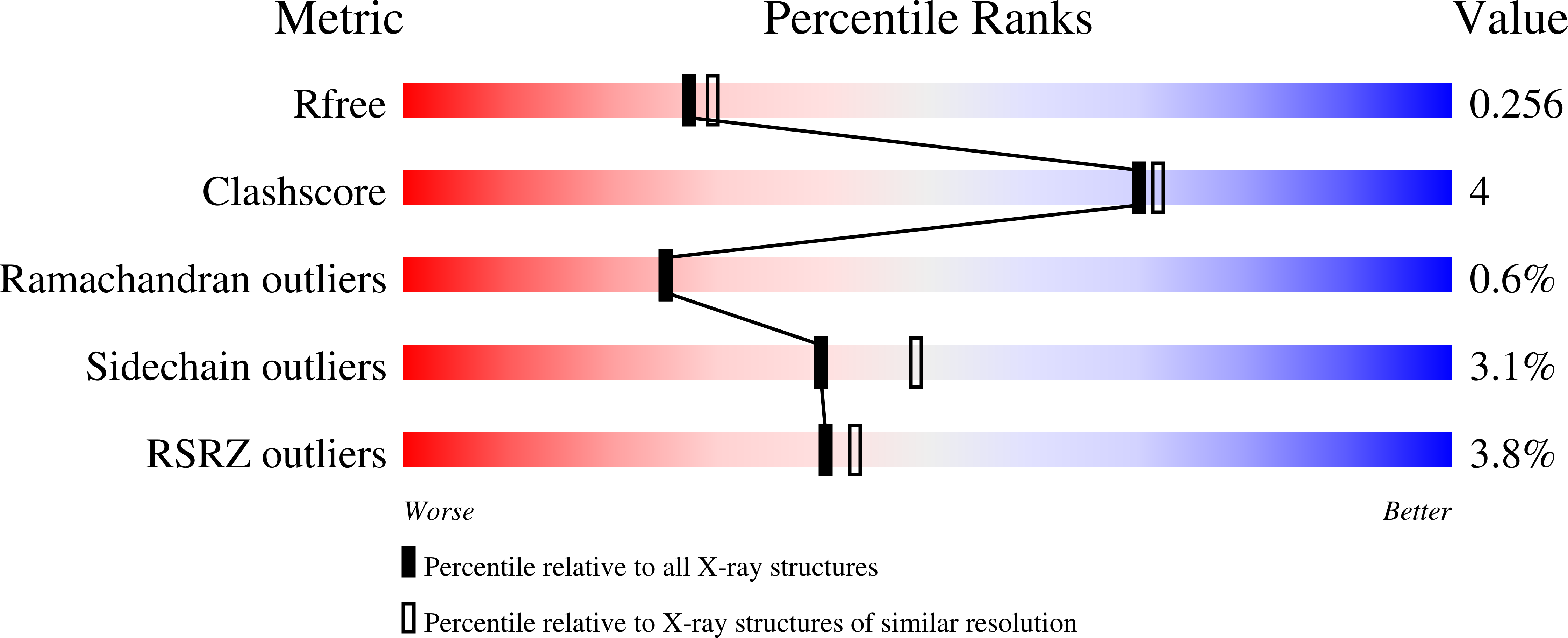
Deposition Date
2023-01-31
Release Date
2023-07-05
Last Version Date
2024-11-13
Entry Detail
PDB ID:
8G0F
Keywords:
Title:
Crystal structure of diphtheria toxin H223Q/H257Q double mutant (pH 5.5)
Biological Source:
Source Organism:
Corynebacterium diphtheriae (Taxon ID: 1717)
Host Organism:
Method Details:
Experimental Method:
Resolution:
2.25 Å
R-Value Free:
0.25
R-Value Work:
0.19
R-Value Observed:
0.19
Space Group:
P 1


